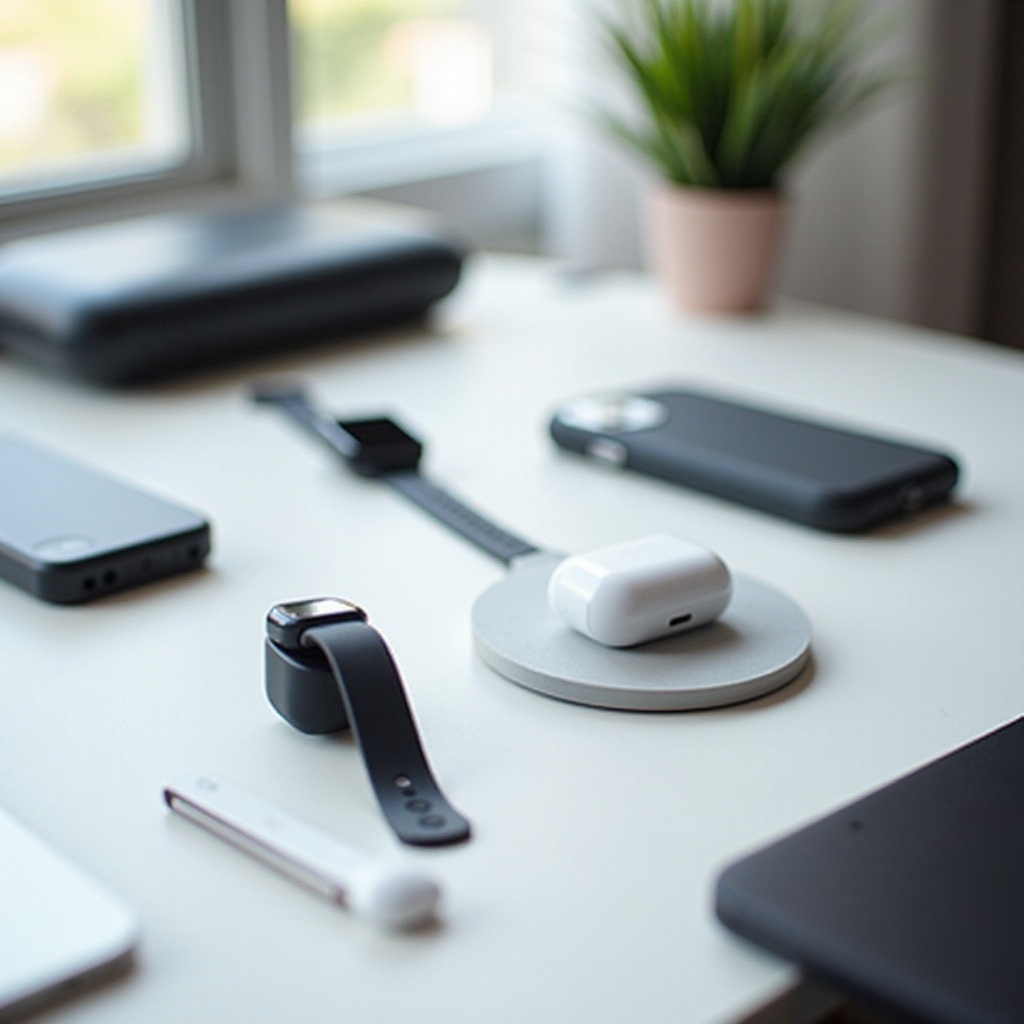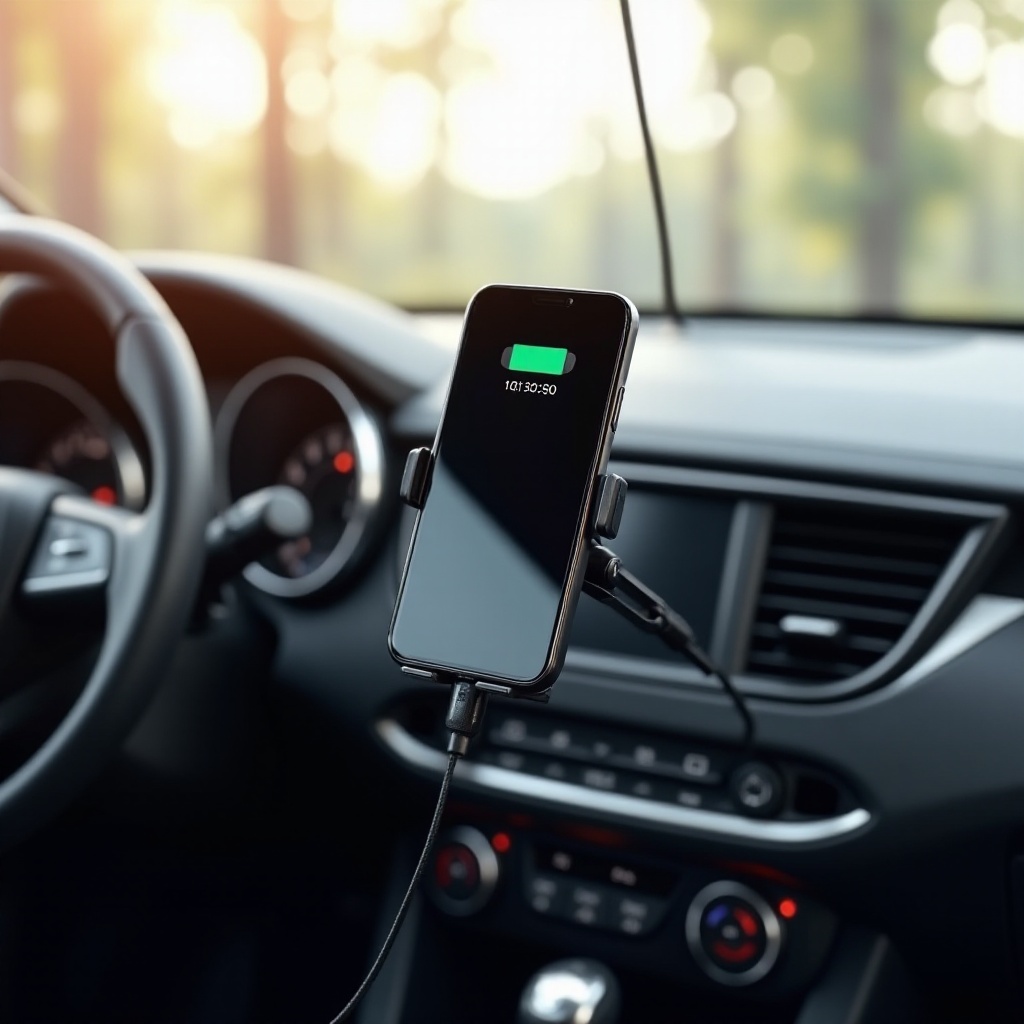Introduction
Wondering if your iPhone 8 can get iOS 16? You're not alone. As Apple continues to roll out new updates, iPhone users want to ensure their devices are compatible and can handle the latest software seamlessly. This guide will clarify the compatibility of iPhone 8 with iOS 16, performance expectations, key features, installation steps, and more.
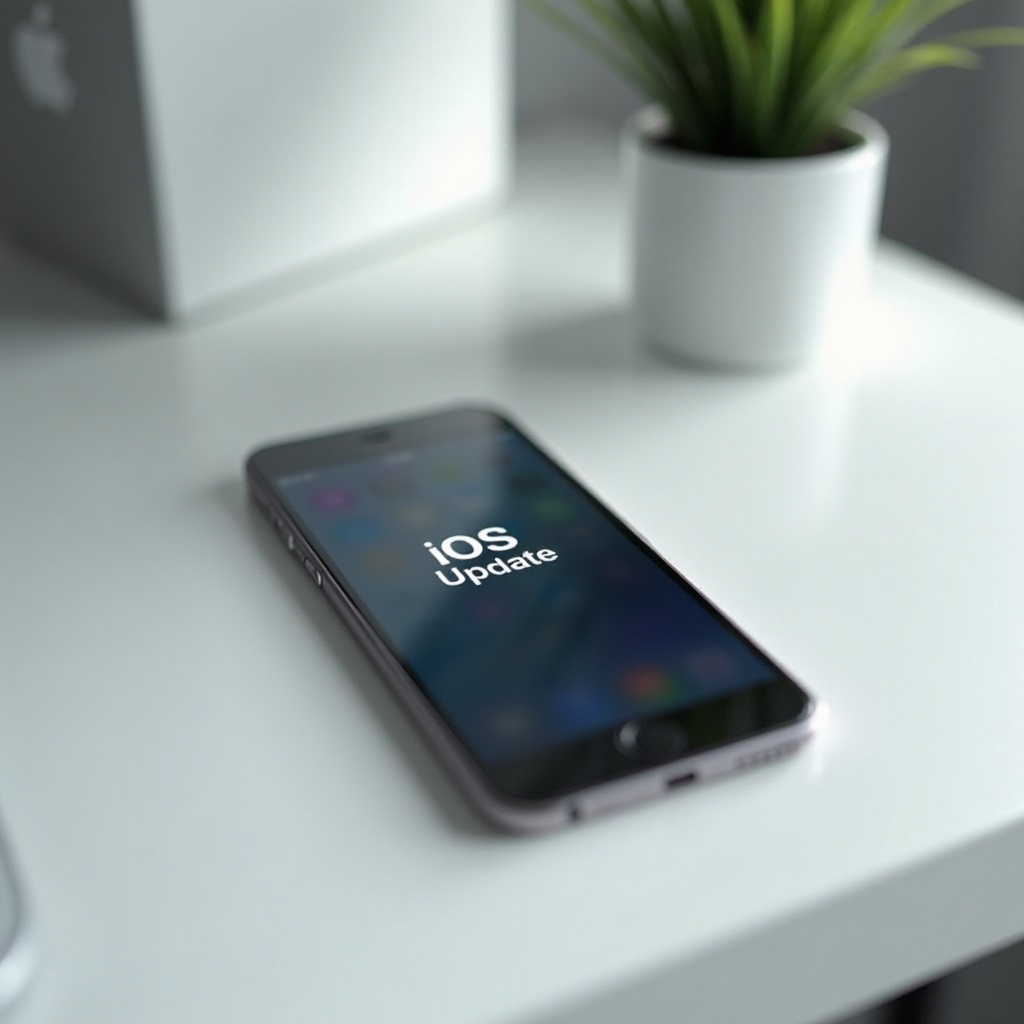
Compatibility Overview
Before diving into the details of iOS 16 on the iPhone 8, let's establish the general rules for iOS updates. Apple typically supports devices for several years, ensuring they receive the latest updates for security and functionality.
Eligible Devices for iOS 16 Update
iOS 16 is designed to run on a wide range of devices, but it does have its limits. Generally, Apple ensures compatibility with devices released within the last five to six years. The official list for iOS 16 includes models from iPhone SE (2nd generation) and newer.
Where the iPhone 8 Stands
Good news for iPhone 8 users: it is included in the list of compatible devices for iOS 16. This means you can expect to get the software update and benefit from Apple's latest security patches and feature enhancements. However, compatibility doesn’t always equate to optimal performance, which we'll explore further.
Key Features of iOS 16
Knowing that your iPhone 8 is compatible, let's delve into some of the most exciting features iOS 16 has to offer.
New Security Updates
Security is always a priority for Apple. iOS 16 brings enhanced privacy controls, stronger encryption, and better sandboxing to protect your data. The update ensures your device stays secure against the latest threats.
Enhanced User Interface
iOS 16 introduces subtle yet impactful changes to the user interface. Expect a more intuitive control center, revamped notifications, and improved widgets that make navigating your device smoother and more enjoyable.
Exclusive Features on Newer Models
While the iPhone 8 will benefit from many new features, some functionalities are reserved for newer models. For instance, advanced AR capabilities and certain camera enhancements may not be available on the iPhone 8 due to hardware limitations.
Performance on iPhone 8
Compatibility alone isn’t enough; performance plays a crucial role in how enjoyable the user experience is with iOS 16 on the iPhone 8.
Speed and Responsiveness
With each major update, there's often concern about the impact on older devices. iPhone 8 users may notice some initial sluggishness immediately after updating due to background processes and indexing. However, once these tasks are completed, the phone should operate smoothly. Benchmarks suggest that iOS 16 maintains respectable performance levels on the iPhone 8.
Battery Life Considerations
It’s a common concern that new updates might drain battery faster, especially on older devices. iOS 16 includes battery optimizations, but the iPhone 8, given its age, might see a slight decrease in battery performance. It's advisable to monitor usage patterns and adjust settings to preserve battery life.
Real-World Usage Experience
Users who have already upgraded report a mostly positive experience. Minor lags are evident, but the overall functionality remains solid. Day-to-day tasks like browsing, messaging, and using apps run efficiently, maintaining the iPhone 8's relevance as a daily driver.
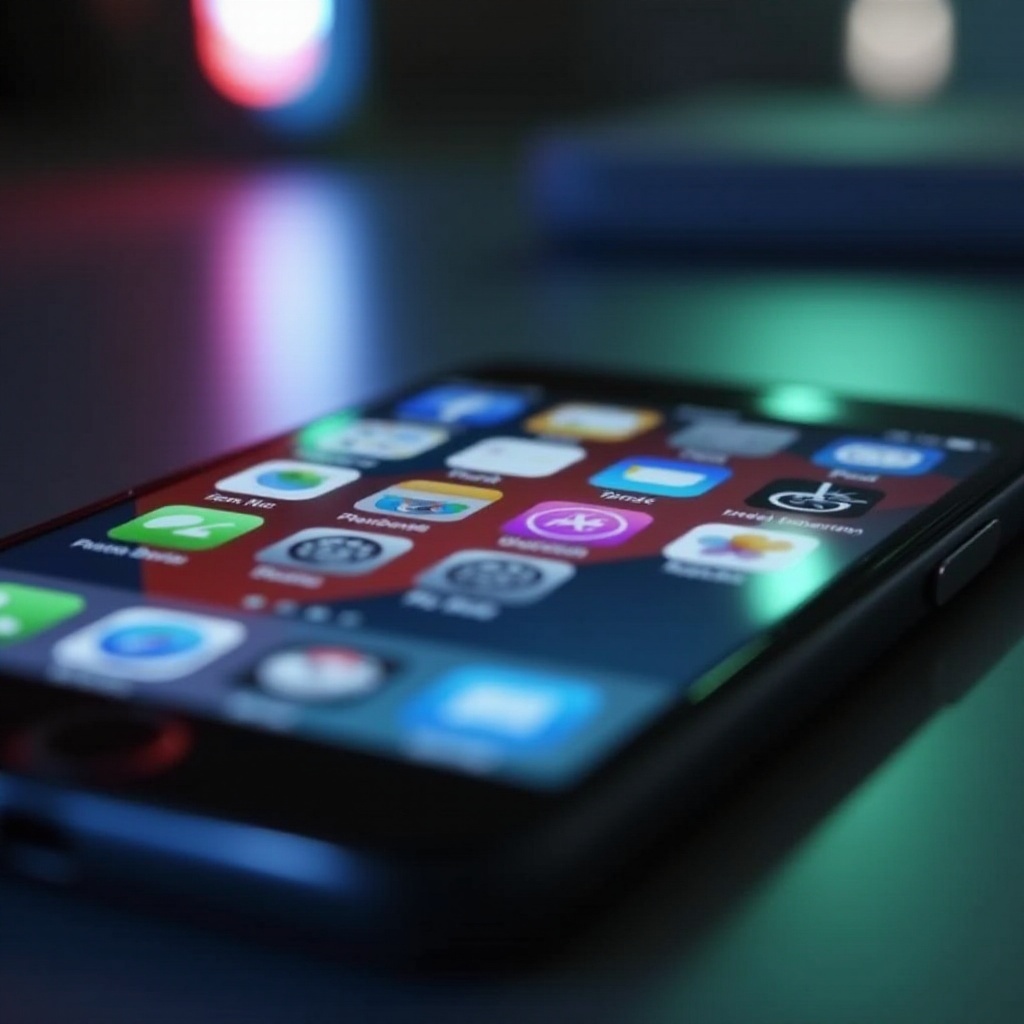
Installation Guide
If you’re ready to proceed with the iOS 16 update, follow these steps to ensure a smooth transition.
Preparing Your iPhone 8
- Backup Your Data: Use iCloud or iTunes to ensure all your data is backed up.
- Free Up Space: iOS 16 requires ample storage, so delete unnecessary files and apps.
- Check Battery Health: Ensure your phone is charged or connected to power during the update.
Step-by-Step Installation Process
- Go to Settings: Navigate to Settings > General > Software Update.
- Download and Install: Follow the prompts to download and install iOS 16.
- Restart Your Device: Post-installation, your iPhone will restart to apply changes.
Post-Installation Setup
- Verify Installation: Go to Settings > General > About to confirm the update.
- Customize Settings: Adjust new settings to your preference, especially privacy and notification settings.
- Update Apps: Ensure all your apps are up-to-date to avoid compatibility issues.
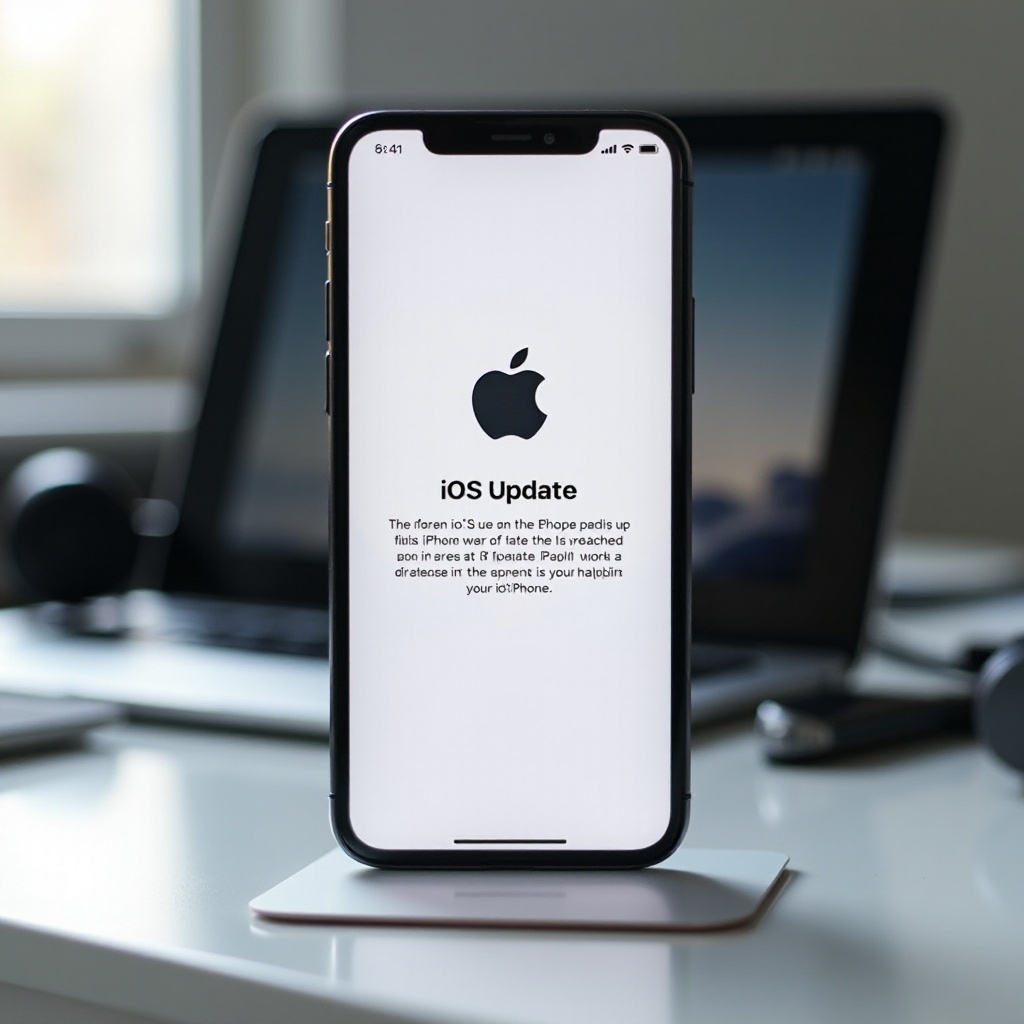
Troubleshooting Common Issues
Post-update, you might experience some challenges. Here’s how to tackle common issues.
Installation Errors
If the update doesn't complete successfully, try the following:- Ensure a stable Wi-Fi connection.- Restart your iPhone and attempt the update again.- Use iTunes to update if over-the-air fails.
Performance Declines
Should you notice lagging:- Clear cached data via Settings.- Restart your iPhone periodically.- Check for app updates that might optimize performance.
Battery Drain Solutions
For improved battery life:- Turn off background app refresh.- Lower screen brightness.- Enable Low Power Mode when necessary.
User Reviews and Feedback
Community insights can be invaluable in making your decision.
Positive Experiences
Many users appreciate the enhanced security and new features. The general consensus is that the iPhone 8 holds up well with iOS 16.
Negative Feedback
Some users report performance slowdowns and shorter battery life. It's important to consider that experiences may vary based on device condition and usage patterns.
Conclusion
iPhone 8 users can indeed update to iOS 16 and enjoy new features and security updates. While there may be some minor performance and battery setbacks, the overall experience remains positive, keeping the iPhone 8 relevant.
Frequently Asked Questions
How long will iOS 16 be supported on iPhone 8?
Apple typically supports each iPhone model with iOS updates for about five to six years. This could mean the iPhone 8 might continue receiving updates beyond iOS 16.
What should I do if my iPhone 8 slows down after updating?
If your iPhone 8 slows down after the update, try restarting the device, clearing cache, removing unnecessary apps, or performing a factory reset if issues persist.
Is it possible to downgrade back to an older iOS version?
Apple typically only allows downgrades to the previous version of iOS for a short period after a new release. This means you might not be able to revert to an older iOS long after updating.


